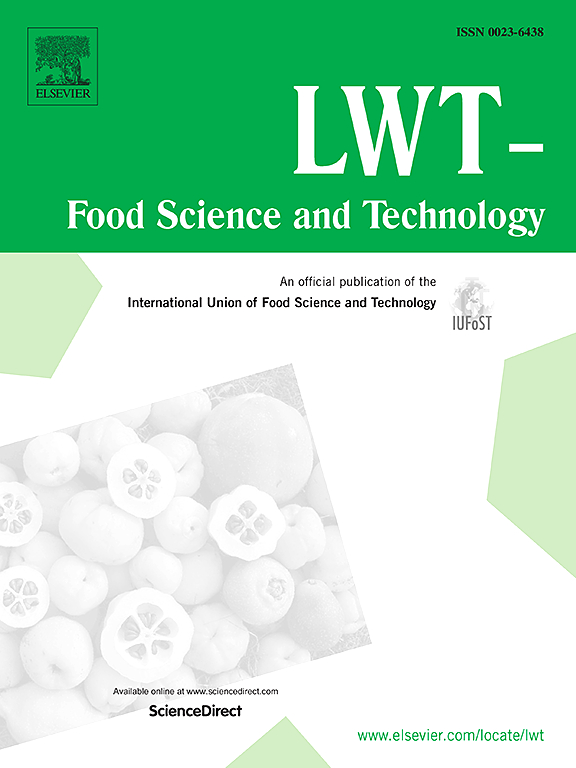Ultrasound-assisted protein extraction for deep proteome analysis of Spirulina and Chlorella microalgae
IF 6
1区 农林科学
Q1 FOOD SCIENCE & TECHNOLOGY
引用次数: 0
Abstract
Microalgae Spirulina (Arthrospira platensis) and Chlorella (Chlorella vulgaris) are gaining attention as sustainable alternative protein sources to address the needs of a growing global population. However, their tough cell walls present a significant challenge for efficient and more quantitative protein extraction. This study introduces a simple, cost-effective, and scalable "one-pot" protocol for extracting microalgal proteins by ultrasound-assisted methods in an aqueous buffer. The combination of ultrasonication and sodium deoxycholate successfully breaks down the resilient cell walls, improves protein solubility in water, and achieves high extraction yields of 81–86 %. This performance significantly surpasses traditional methods, such as Tris-HCl buffer (0.7–1.2 % yields) and chloroform/methanol solvent (4.5–14 % yields). Using this method, 1354 proteins were identified in Spirulina and 771 in Chlorella, each with over 10 % sequence coverage. This enabled the recovery of numerous bioactive peptides, including 161 candidates for Spirulina and 60 for Chlorella from phycobiliproteins, all comprising at least three amino acid residues. These peptides hold the potential for creating bioactive hydrolysates and functional ingredients for food and pharmaceutical applications, following detergent removal via appropriate purification. This optimized protocol offers a promising solution for large-scale, safe microalgae processing and facilitates the production of bioavailable peptides from microalgae species.
求助全文
约1分钟内获得全文
求助全文
来源期刊

LWT - Food Science and Technology
工程技术-食品科技
CiteScore
11.80
自引率
6.70%
发文量
1724
审稿时长
65 days
期刊介绍:
LWT - Food Science and Technology is an international journal that publishes innovative papers in the fields of food chemistry, biochemistry, microbiology, technology and nutrition. The work described should be innovative either in the approach or in the methods used. The significance of the results either for the science community or for the food industry must also be specified. Contributions written in English are welcomed in the form of review articles, short reviews, research papers, and research notes. Papers featuring animal trials and cell cultures are outside the scope of the journal and will not be considered for publication.
 求助内容:
求助内容: 应助结果提醒方式:
应助结果提醒方式:


